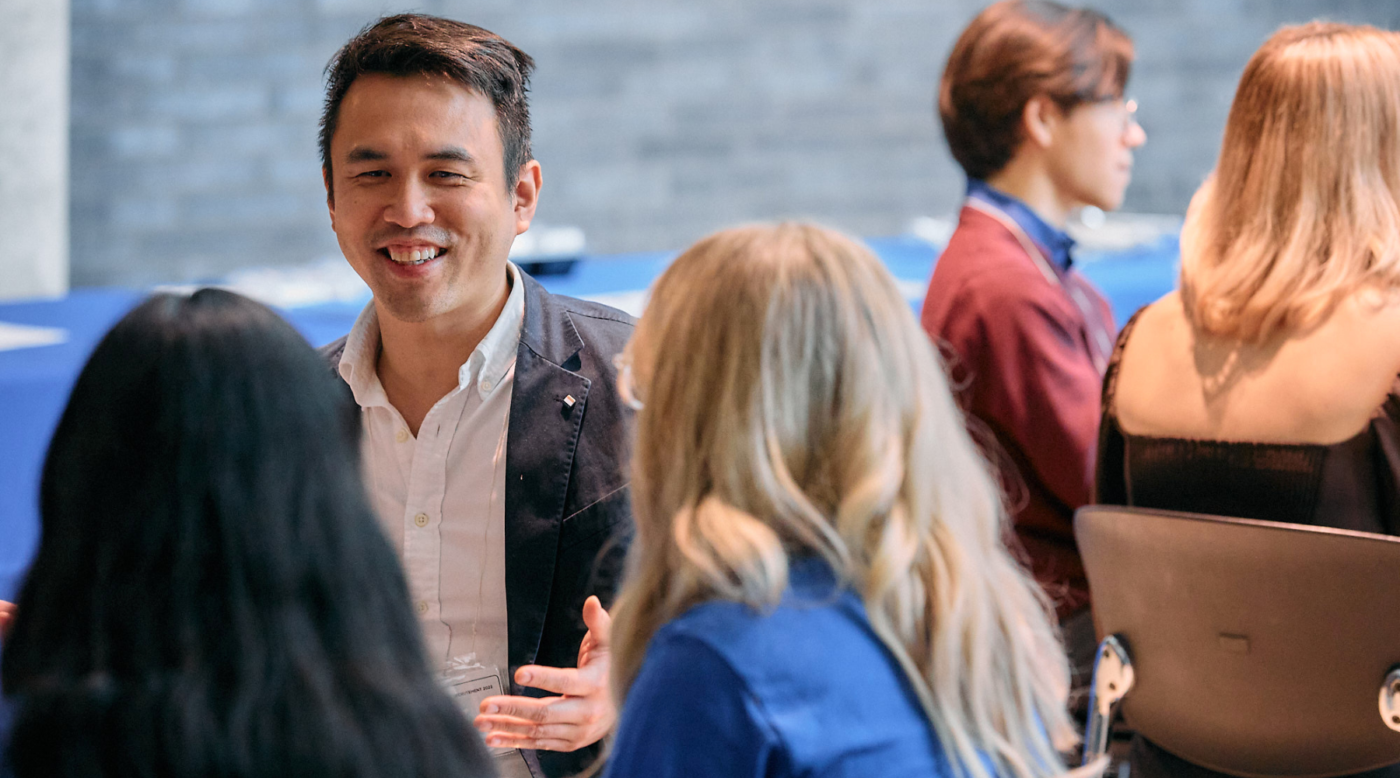News
Meet Vincent Q. Trinh, new Principal Investigator at IRIC
Published on June 29, 2022
The Institute for Research in Immunology and Cancer (IRIC) of the Université de Montréal is proud to welcome aboard a new Principal Investigator in the Digital Histology and Advanced Pathology Research Unit, Dr. Vincent Q. Trinh, who will take up his position on July 1st, 2022.
Dr. Trinh enthusiastically agreed to answer a few questions:
Why did you decide to embark on a research career following your medical studies?
Vincent Q. Trinh (V. Q. T.) : I have been fascinated by research since my summer internships at McGill University and the Université de Montréal, long before my university studies. It was during these internships, particularly at the Research Center of the Sainte-Justine University Hospital, that I was exposed for the first time to the career of a physician-investigator. I started my medical studies with the clear objective of following this path.
How did you come to specialize in the study of the gastrointestinal system and of the liver?
V. Q. T. : Each subspecialty of pathology has unique challenges. In the gastrointestinal, hepatic and pancreatic systems, it is a balanced mixture of so-called non-tumor and tumor diseases. Moreover, we still have a lot to learn about these pathologies. New therapies have yet to be discovered for these frequent cancers which have very low survival rates.
What will be the research focus of your laboratory at IRIC?
V. Q. T. : My projects will focus on fibroblasts, a type of supporting cells found in connective tissue, and their role in the induction and progression of pre-invasive pancreatic tumors. Fibroblasts are found in the immediate microenvironment of cancers and are little studied from a therapeutic point of view. I believe that, by modulating their function, it is possible to slow down or prevent the advent of invasive cancer, a stage at which the chance of surviving drops sharply.
How can histology contribute to the study of cancers?
V. Q. T. : I like to remind my colleagues and students that histology precedes modern methods of biological research by centuries. However, despite the passage of time, it still remains an essential tool for medicine and research. By analyzing the tissue, I can corroborate patterns of protein expression or in situ hybridization with histological biomarkers described in the literature of the last centuries. By creating bridges between pathology, medicine and research, we resolve current scientific questions and generate new research hypotheses for the future.
Why did the IRIC model catch your attention?
V. Q. T. : IRIC is at the same level as the major international research institutions. It has the advantage of bringing together quality researchers and core facilities that cover all areas under the same roof, facilitating collaboration and synergy. I had the chance to work with IRIC researchers during my medical studies. I knew in advance that it would be a great institute for my career.
What is your biggest motivation to start this new chapter of your career?
V. Q. T. : I see the next step as a natural continuation of my journey in medicine and research. With my position as a pathologist at the Center Hospitalier de l’Université de Montréal, I will continue to contribute directly to the health of patients and to teach pathology to medical residents. At IRIC, I will finally be able to undertake my own research projects, continue collaborations and create new ones, while teaching my students everything I can to contribute to their growth. Moreover, I look forward to taking over the histology platform, which was founded by my mentor Dr. Louis Gaboury; which will allow me to serve the scientific community as a whole.
